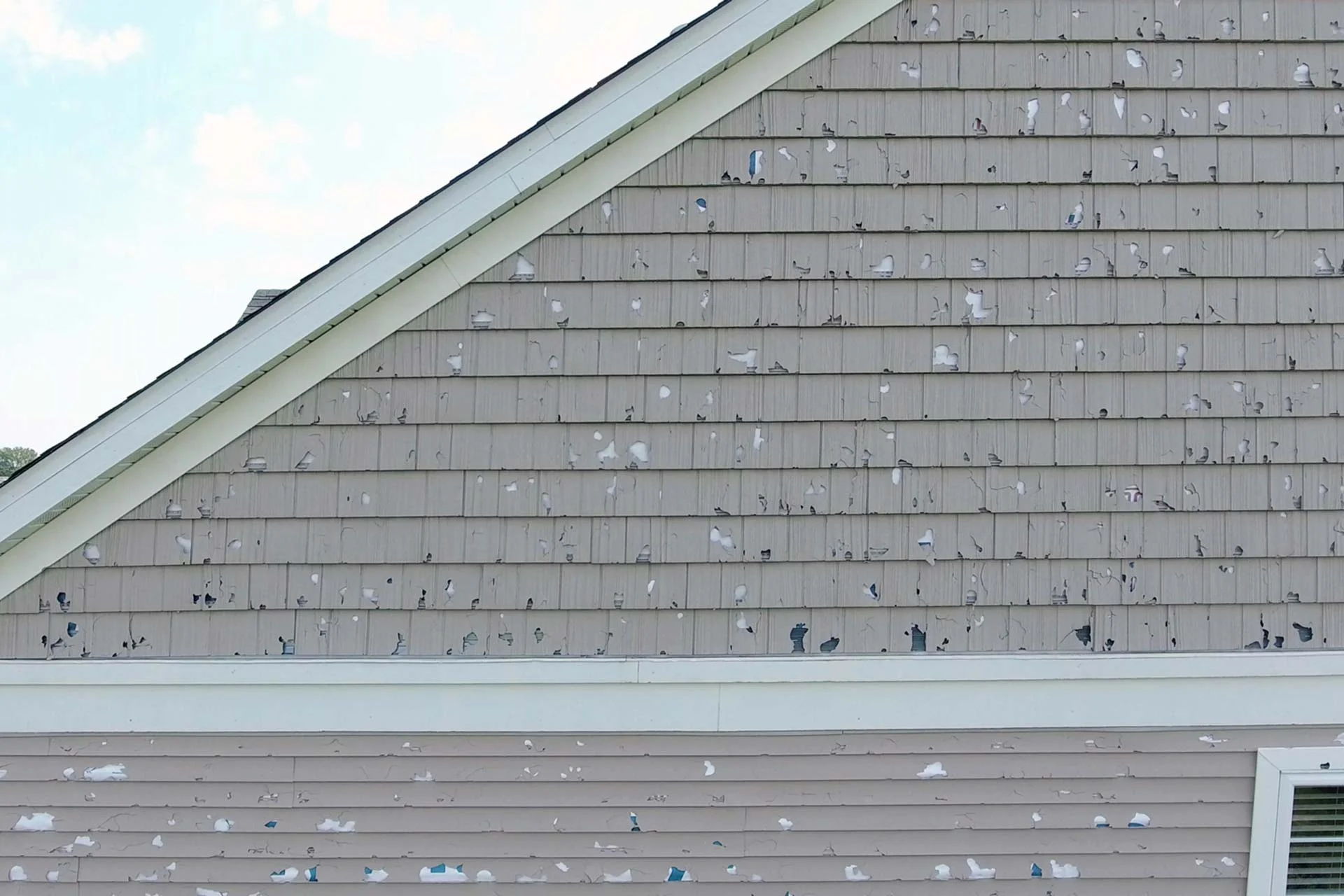

Articles
How Much Hail Damage To Replace Siding
Modified: December 7, 2023
Discover articles on how much hail damage you need to replace siding and get expert advice on siding replacement. Learn everything you need to know about siding repairs and cost estimates.
(Many of the links in this article redirect to a specific reviewed product. Your purchase of these products through affiliate links helps to generate commission for Storables.com, at no extra cost. Learn more)
Introduction
When a severe hailstorm passes through an area, it can leave a trail of destruction in its wake. While most homeowners may focus on the damage to their roofs and vehicles, the siding of a house can also be significantly affected by hail. Hail damage to siding can range from minor cosmetic issues to more severe structural damage, requiring replacement.
In this article, we will explore the topic of hail damage to siding and provide valuable insights on assessing the extent of the damage, factors that affect siding replacement, estimating the cost of replacement, insurance coverage for hail damage, and the importance of hiring a professional for the job.
If you are a homeowner who has experienced a recent hailstorm or simply want to learn more about the potential impact of hail on your siding, this article will serve as a comprehensive guide to help you understand the process of replacing hail-damaged siding.
So, let’s dive in and explore the fascinating world of hail damage and siding replacement!
Key Takeaways:
- Assessing hail damage to siding is crucial. Conduct visual and physical inspections, check for water leakage, and consider professional assessment to determine the extent of damage accurately.
- Hiring a professional for siding replacement is essential. Their expertise, quality workmanship, safety measures, and warranties ensure a successful and long-lasting solution for hail-damaged siding.
Understanding Hail Damage to Siding
Before we can delve into the process of replacing hail-damaged siding, it’s essential to understand what hail damage actually entails. Hail is formed when there are updrafts in thunderstorms that carry raindrops upward into extremely cold areas of the atmosphere, causing them to freeze into ice pellets. These ice pellets, known as hailstones, can vary in size and shape.
When hailstones strike a surface, such as the siding of a house, they can cause varying degrees of damage. The severity of the damage depends on factors such as the size of the hailstone, its velocity, and the composition of the siding material. Some common types of siding materials include vinyl, wood, fiber cement, and aluminum.
Hail damage to siding can manifest in several ways. The most obvious signs of damage include dents, cracks, chipping, or punctures on the surface of the siding. In some cases, the impact of the hail can be so strong that it causes the siding to break or shatter.
It’s important to note that not all hail damage is immediately visible. Minor damage, such as small dents or micro-cracks, may not be noticeable at first glance. However, over time, these imperfections can lead to larger issues such as water intrusion or the deterioration of the siding material.
It is recommended that homeowners conduct a thorough inspection of their siding after a hailstorm. Look for any signs of damage, both visually and by touch, as some dents may not be easily visible.
Understanding the extent of hail damage to your siding is crucial for determining the necessary repairs or replacement. In the following section, we will explore how to assess the extent of hail damage to your siding and the factors that can affect the decision to replace it.
Assessing the Extent of Hail Damage
When it comes to assessing the extent of hail damage to your siding, it’s important to take a systematic approach to ensure an accurate evaluation. Here are some steps to follow:
- Visual Inspection: Begin by examining the siding visually. Look for any signs of dents, cracks, or chipping on the surface. Pay close attention to areas that are more exposed and prone to hail damage, such as the sides facing the storm’s direction. Take note of any visible damage.
- Physical Inspection: Utilize your hands to feel for any irregularities or abnormalities on the surface of the siding. Run your hands along the siding to detect any dents or areas that feel different from the rest. This tactile examination can reveal hidden damage that is not immediately visible.
- Water Leakage: Check for any signs of water leakage or moisture intrusion. Hail damage can compromise the integrity of the siding, creating openings that allow water to seep in. Look for stains, mold, or any signs of water damage inside your home that may indicate a breach in the siding caused by hail.
- Professional Inspection: If you are uncertain about the extent of the damage or if the hail has caused underlying structural issues, it is advisable to seek the services of a professional siding contractor. They have the expertise and experience to assess the damage accurately. They can conduct a thorough inspection and provide you with a detailed report and recommendations for repair or replacement.
Keep in mind that hail damage can vary in severity, ranging from minor aesthetic issues to significant structural damage. Even small dents or cracks can lead to larger problems over time if left unaddressed. Therefore, it is essential to assess the extent of the damage carefully.
The next section will discuss various factors that can influence the decision to replace hail-damaged siding.
Factors Affecting the Replacement of Siding
When it comes to deciding whether or not to replace hail-damaged siding, several factors come into play. These factors can help determine the best course of action for repairing or replacing your siding. Let’s take a look at some of the key factors:
- Severity of Damage: The severity of the hail damage is an essential factor in determining whether or not to replace the siding. If the damage is extensive, with large cracks, shattered pieces, or compromised structural integrity, replacement may be necessary.
- Siding Material: The type of siding material you have will also influence the decision. Some materials, such as vinyl or aluminum, can be more resilient to hail damage and may only require repairs. Others, like wood or fiber cement, may be more susceptible to damage and may require replacement if the damage is significant.
- Age and Condition of Siding: Consider the age and overall condition of your siding. If your siding is already old and showing signs of wear and tear, the hail damage may be the tipping point that necessitates replacement rather than repairs.
- Insurance Coverage: Review your homeowner’s insurance policy to determine the coverage for hail damage to your siding. Depending on your policy, replacement may be covered if the damage exceeds a certain threshold. Consult with your insurance provider to understand the specifics of your coverage.
- Desired Aesthetics: Some homeowners may opt for siding replacement for purely aesthetic reasons. If you are dissatisfied with the appearance of your existing siding, the hail damage can provide an opportunity to upgrade to a new style or color.
It is important to consult with a siding professional to assess these factors and make an informed decision. They can provide expert insights into the condition of your siding and recommend whether repairs or replacement are necessary.
Now that we have discussed the factors that influence the decision to replace siding, let’s move on to estimating the cost of siding replacement in the next section.
Inspect your siding for hail damage by looking for dents, cracks, or holes. If you find significant damage, it’s best to replace the siding to maintain the integrity and appearance of your home.
Estimating the Cost of Siding Replacement
When it comes to siding replacement, the cost can vary depending on several factors, including the size of your home, the type of siding material, and any additional features or customization you may desire. Here are some factors to consider when estimating the cost of siding replacement:
- Size of the Home: The square footage of your home plays a significant role in determining the cost of siding replacement. Larger homes will require more materials, labor, and time, leading to higher costs.
- Siding Material: The type of siding material you choose will also impact the cost. Vinyl siding tends to be the most affordable option, while materials like fiber cement or wood can be more expensive but offer greater durability and aesthetic appeal.
- Additional Features: If you have unique architectural features or intricate details on your home’s exterior, such as decorative trim or custom molding, these additions can increase the overall cost of siding replacement.
- Removal and Disposal: The cost of removing the existing siding and disposing of it properly should be factored into the estimate. This includes labor costs for removing the old siding and any associated disposal fees.
- Installation Labor: The labor costs for installing the new siding will depend on the complexity of the job, including factors such as accessibility, the presence of obstacles or uneven surfaces, and the expertise of the siding contractor.
- Location: The location of your home can also impact the cost. Labor rates and material prices can vary based on regional factors such as market demand, local building codes, and the availability of skilled contractors.
It is best to consult with multiple siding contractors to obtain estimates based on your specific requirements. Request detailed quotes that outline the materials, labor, and any additional costs to ensure an accurate estimate.
Additionally, remember to prioritize quality and professionalism over cost alone. Choosing an experienced and reputable siding contractor will ensure a successful and long-lasting siding replacement.
The next section will discuss insurance coverage for hail damage to siding and how it can impact the cost of replacement.
Read more: What Does Roof Hail Damage Look Like
Insurance Coverage for Hail Damage to Siding
Hail damage to your siding can be a stressful situation, but in many cases, it may be covered by your homeowner’s insurance policy. However, insurance coverage can vary depending on your policy and the specific details of the hail damage. Here are some important factors to consider:
- Policy Coverage: Review your homeowner’s insurance policy to determine if it includes coverage for hail damage to your siding. Some policies may have specific provisions for hail damage, while others may only cover certain perils or require a separate endorsement.
- Damage Threshold: Insurance policies often have a damage threshold that must be met before coverage kicks in. This threshold may be a specific dollar amount or a percentage of the dwelling coverage limit. Check your policy to understand the requirements for hail damage coverage.
- Deductible: Consider the deductible amount on your insurance policy. This is the amount you must pay out of pocket before the insurance coverage takes effect. If the cost of siding replacement is lower than your deductible, it may not be worth filing a claim.
- Documentation: It’s crucial to document the hail damage to your siding thoroughly. Take clear photographs of the damaged areas and keep any repair estimates or invoices. This documentation will be valuable when filing an insurance claim.
- Claim Process: If you decide to file a claim for hail damage to your siding, contact your insurance provider as soon as possible. They will guide you through the claim process, which may include providing documentation, obtaining estimates, and scheduling an inspection.
- Approved Contractors: Some insurance companies may have a list of approved contractors for siding repairs or replacement. Working with these approved contractors may streamline the claim process and ensure compliance with the insurance company’s requirements.
Keep in mind that filing an insurance claim can impact your future premiums, so it’s important to weigh the potential benefits against the potential increase in costs.
Consult with an insurance professional or your insurance provider to fully understand the coverage and financial implications of filing a claim for hail damage.
In the next section, we will discuss the importance of hiring a professional for siding replacement.
Hiring a Professional for Siding Replacement
When it comes to replacing hail-damaged siding, it is highly recommended to hire a professional contractor who specializes in siding installation and repairs. While some homeowners may consider a DIY approach to save costs, there are several advantages to entrusting the job to a skilled professional. Here are some reasons why hiring a professional for siding replacement is important:
- Expertise and Experience: Professional contractors have the necessary expertise and experience to assess the extent of hail damage, recommend appropriate solutions, and ensure proper installation or replacement. They understand the intricacies of different siding materials and can provide valuable insights and guidance throughout the process.
- Quality Workmanship: Siding replacement is a complex task that requires precision and attention to detail. Professionals possess the skills and tools to complete the job to the highest standards. They will ensure that the new siding is properly installed, aligned, and sealed, providing a long-lasting and aesthetically pleasing result.
- Safety and Efficiency: Siding replacement can involve working at heights and handling specialized equipment. Professional contractors have the necessary safety training and equipment to carry out the job safely and efficiently, minimizing the risk of accidents or damage to your property.
- Time and Convenience: Hiring a professional allows you to save time and effort. They will handle all aspects of the project, from assessing the damage to sourcing materials, obtaining permits (if necessary), and completing the installation. This gives you more time to focus on other important tasks or simply enjoy peace of mind knowing that the job is in capable hands.
- Warranty and Guarantees: Reputable siding contractors often provide warranties or guarantees on their workmanship and the materials used. This protects you from any potential issues that may arise after the replacement. Be sure to discuss warranty options with the contractor and obtain written documentation for your records.
When hiring a professional contractor, it is essential to do thorough research. Look for contractors who are licensed, insured, and have a solid reputation in the industry. Check online reviews, ask for references, and request detailed quotes from multiple contractors to compare their offerings.
Remember, the quality of the siding replacement is as important as the material itself. Investing in a professional contractor ensures that your siding will be properly installed and protect your home for years to come.
Now that we’ve covered the importance of hiring a professional, let’s conclude our guide to hail damage and siding replacement.
Conclusion
Hail damage to siding can be a significant concern for homeowners, requiring careful assessment and consideration for repair or replacement. By understanding the nature of hail damage, assessing its extent, and considering various factors, you can make informed decisions regarding your siding.
Visual and physical inspections are crucial for identifying hail damage, but it’s always wise to consult a professional contractor for an accurate assessment. Factors like severity of damage, siding material, age of siding, insurance coverage, and desired aesthetics can influence the decision to replace hail-damaged siding.
When estimating the cost of siding replacement, consider factors such as home size, siding material, additional features, removal and disposal, installation labor, and location. It’s also important to review your homeowner’s insurance policy to determine coverage for hail damage to siding and understand the claim process.
Hiring a professional contractor for siding replacement is highly recommended. Their expertise, experience, and attention to detail ensure quality workmanship, efficiency, and safety. Professionals also provide warranties or guarantees, offering peace of mind for the long-term viability of your siding.
In conclusion, if your siding has been damaged by hail, it’s essential to take prompt action. Assess the damage, consider the factors that affect replacement, estimate the cost, understand insurance coverage, and hire a professional contractor. By prioritizing proper assessment and making informed decisions, you can restore the integrity and aesthetics of your home’s exterior, safeguarding it against future hailstorms.
Remember, always consult with experts and professionals to ensure the best outcome for your siding replacement needs.
Frequently Asked Questions about How Much Hail Damage To Replace Siding
Was this page helpful?
At Storables.com, we guarantee accurate and reliable information. Our content, validated by Expert Board Contributors, is crafted following stringent Editorial Policies. We're committed to providing you with well-researched, expert-backed insights for all your informational needs.
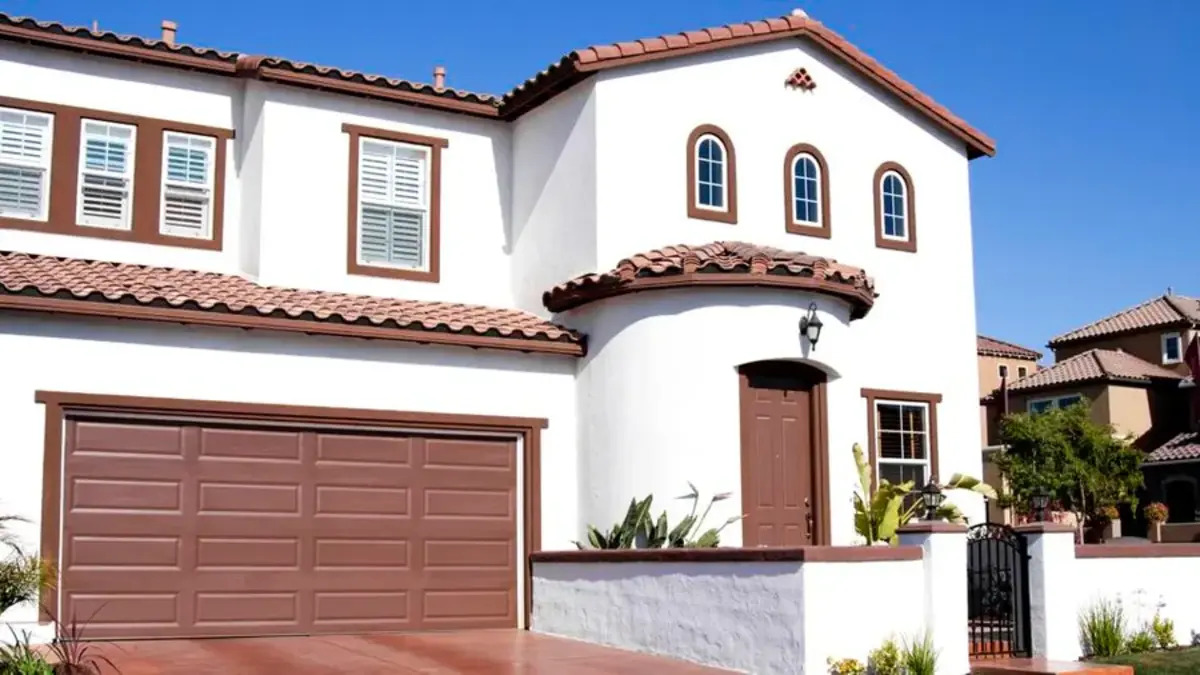
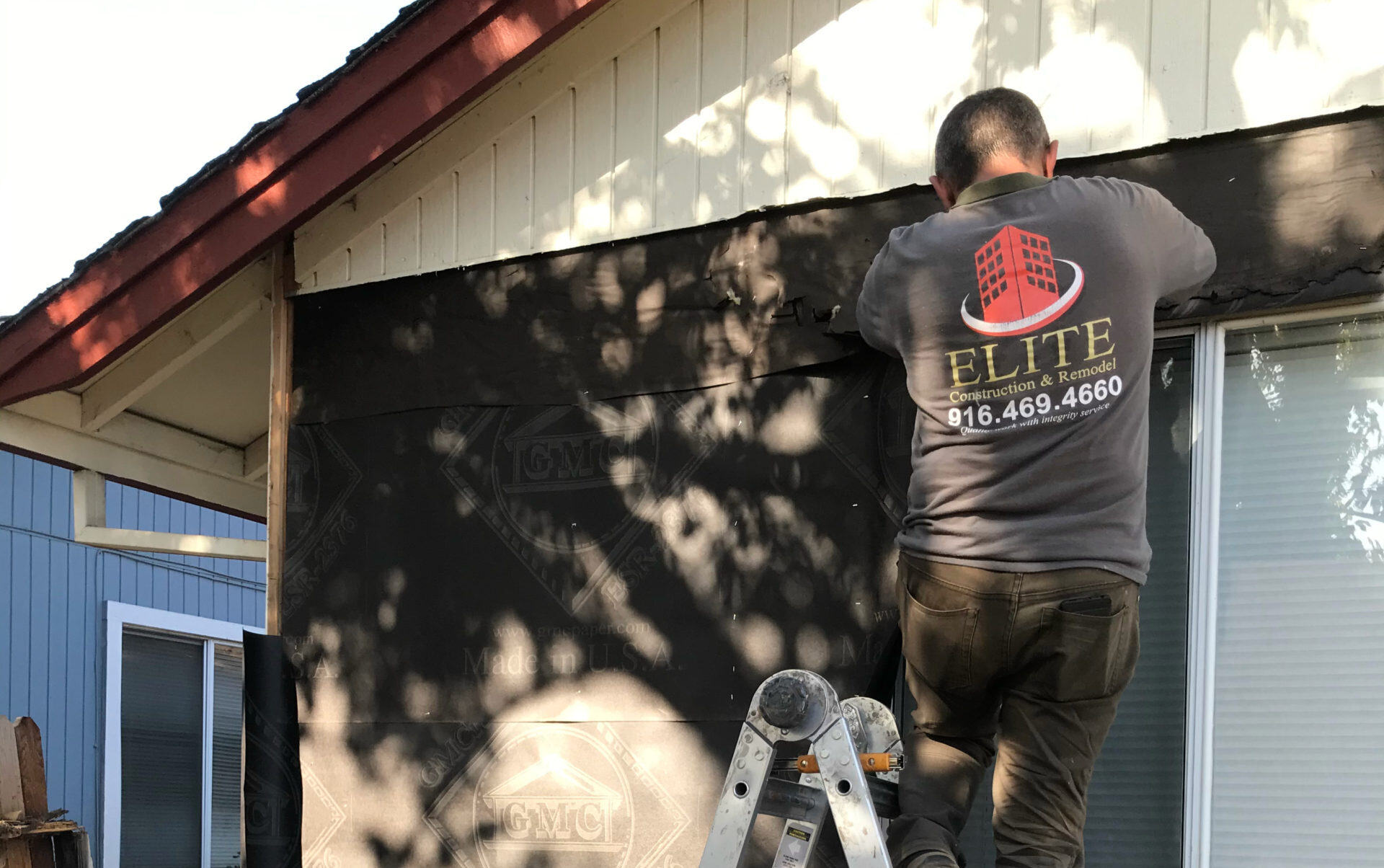
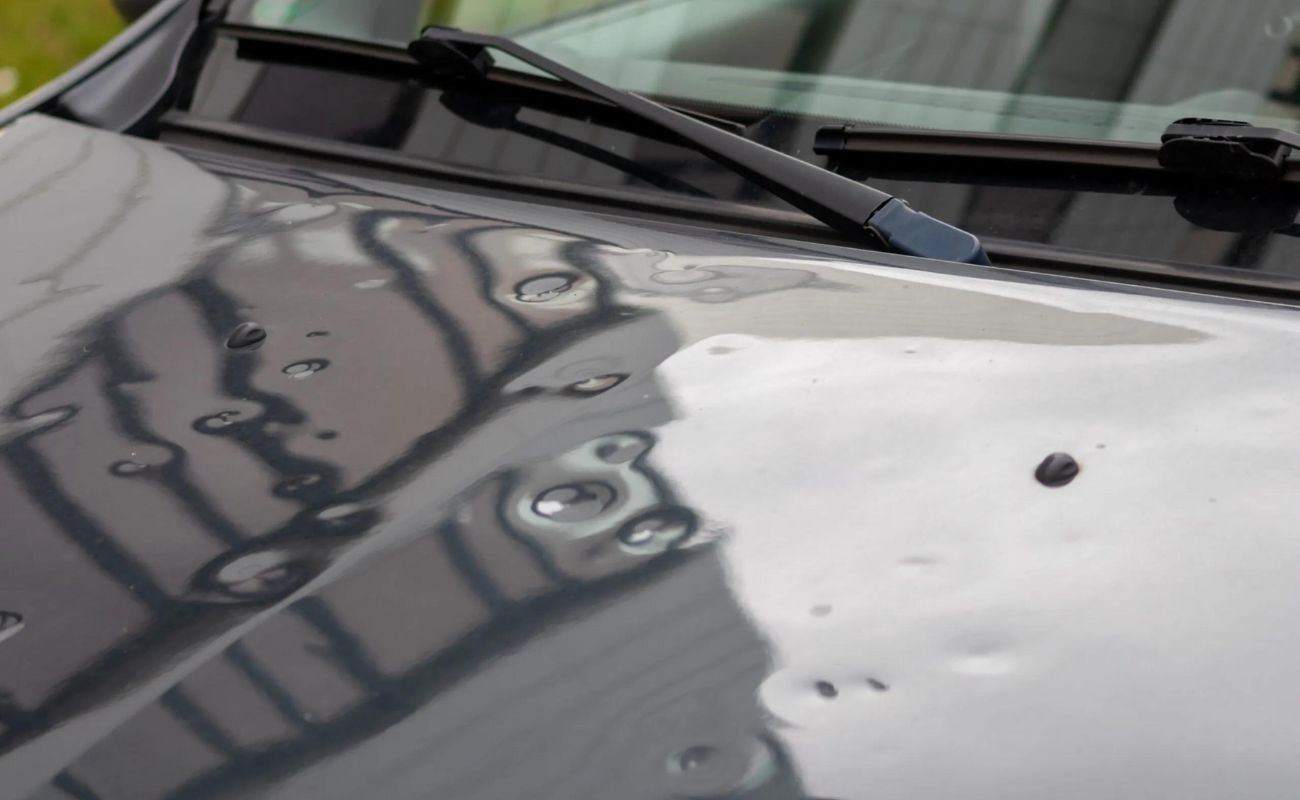
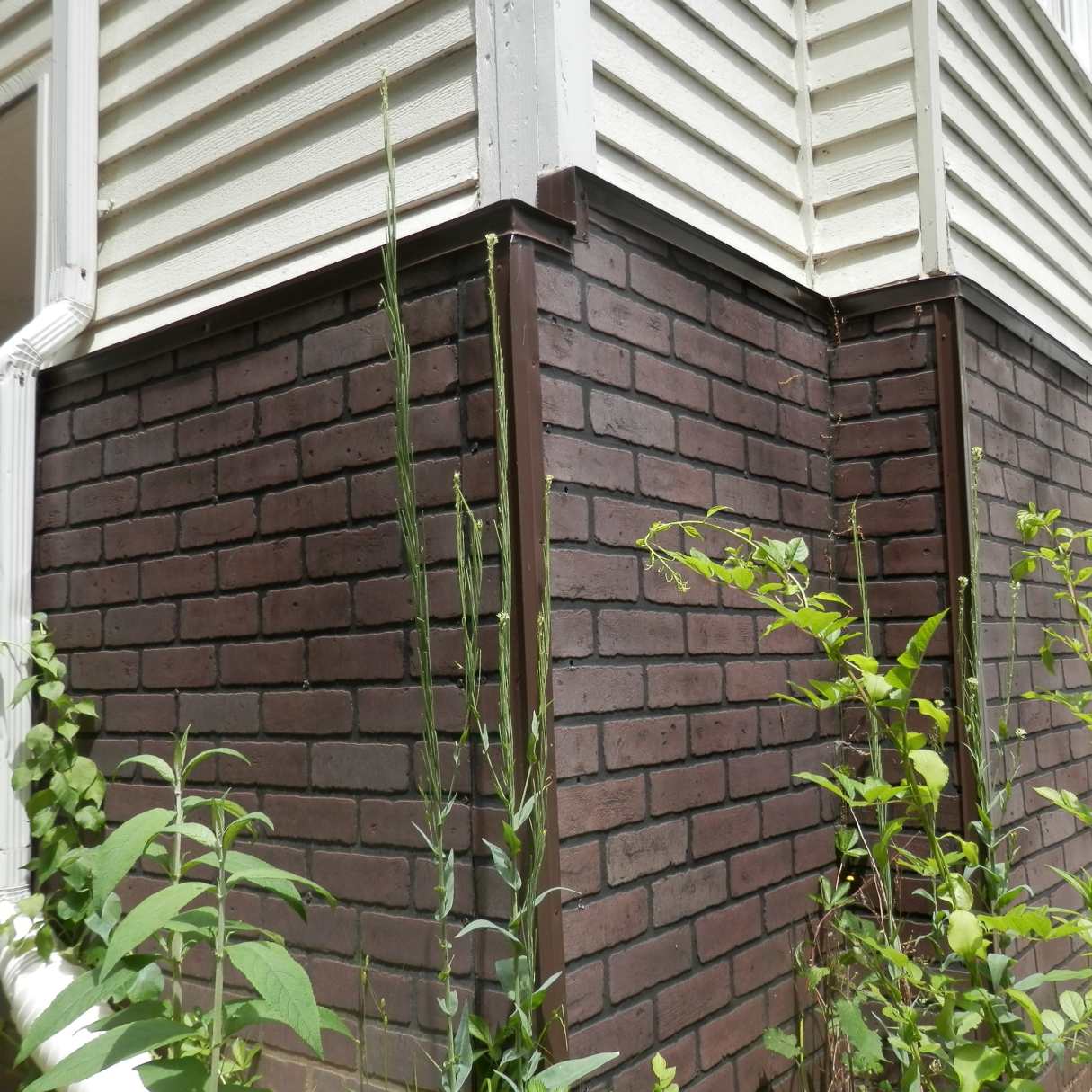
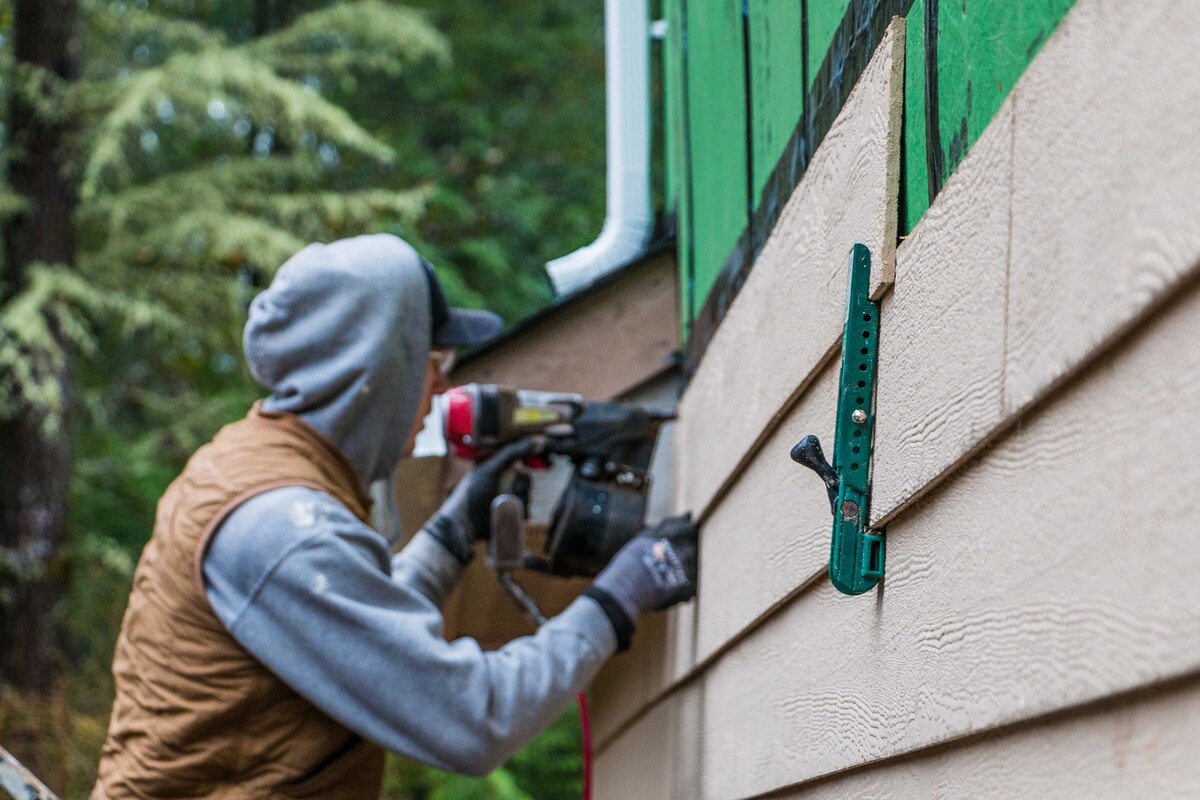
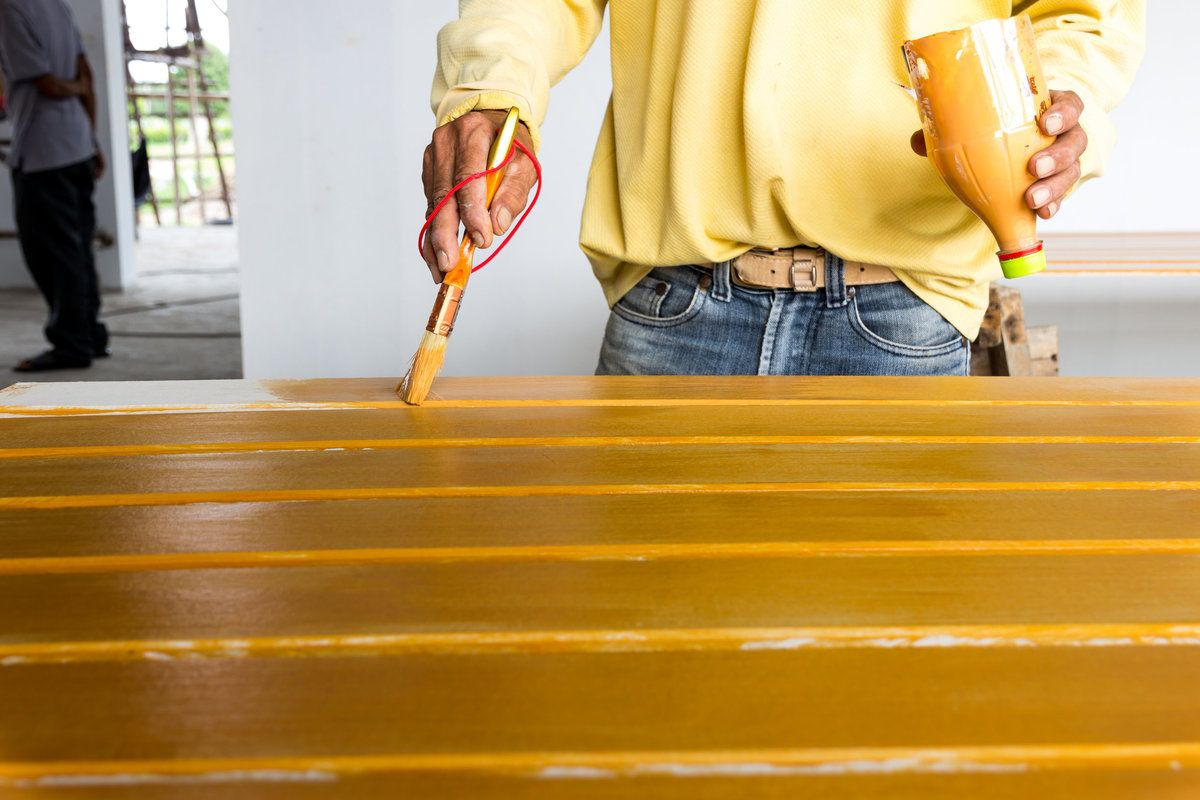
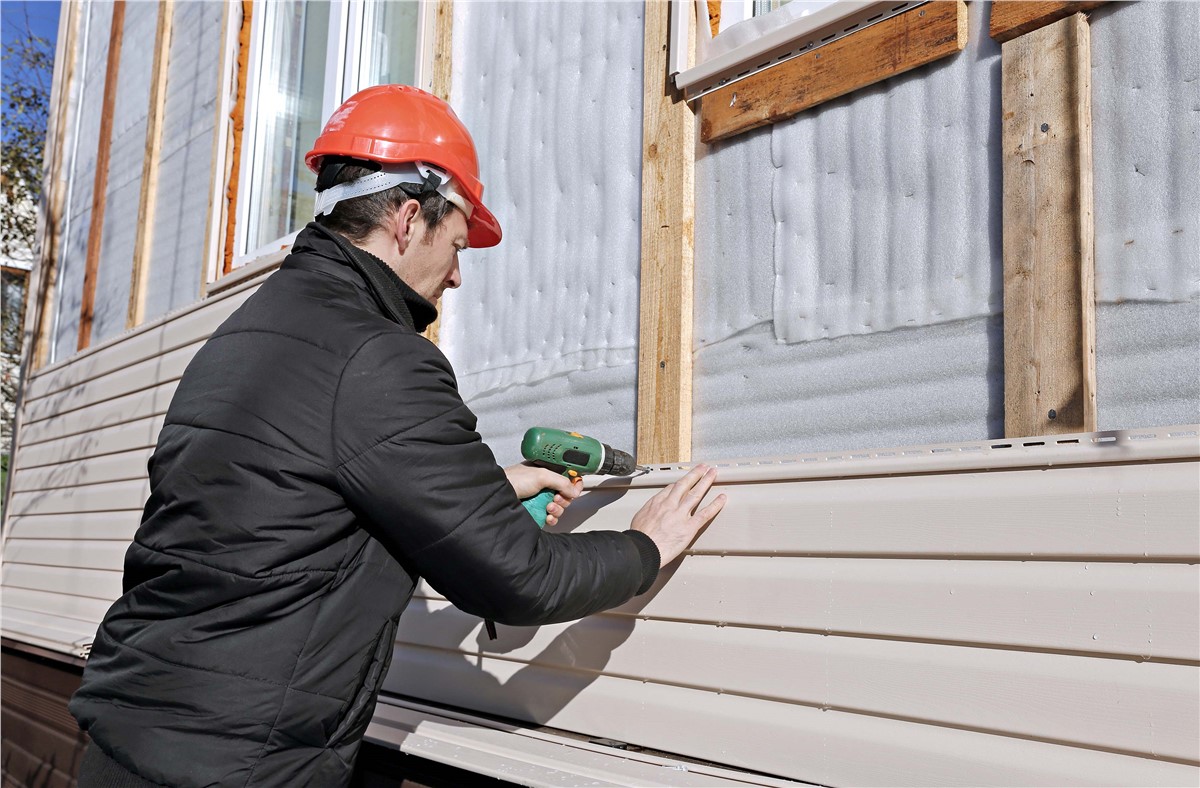
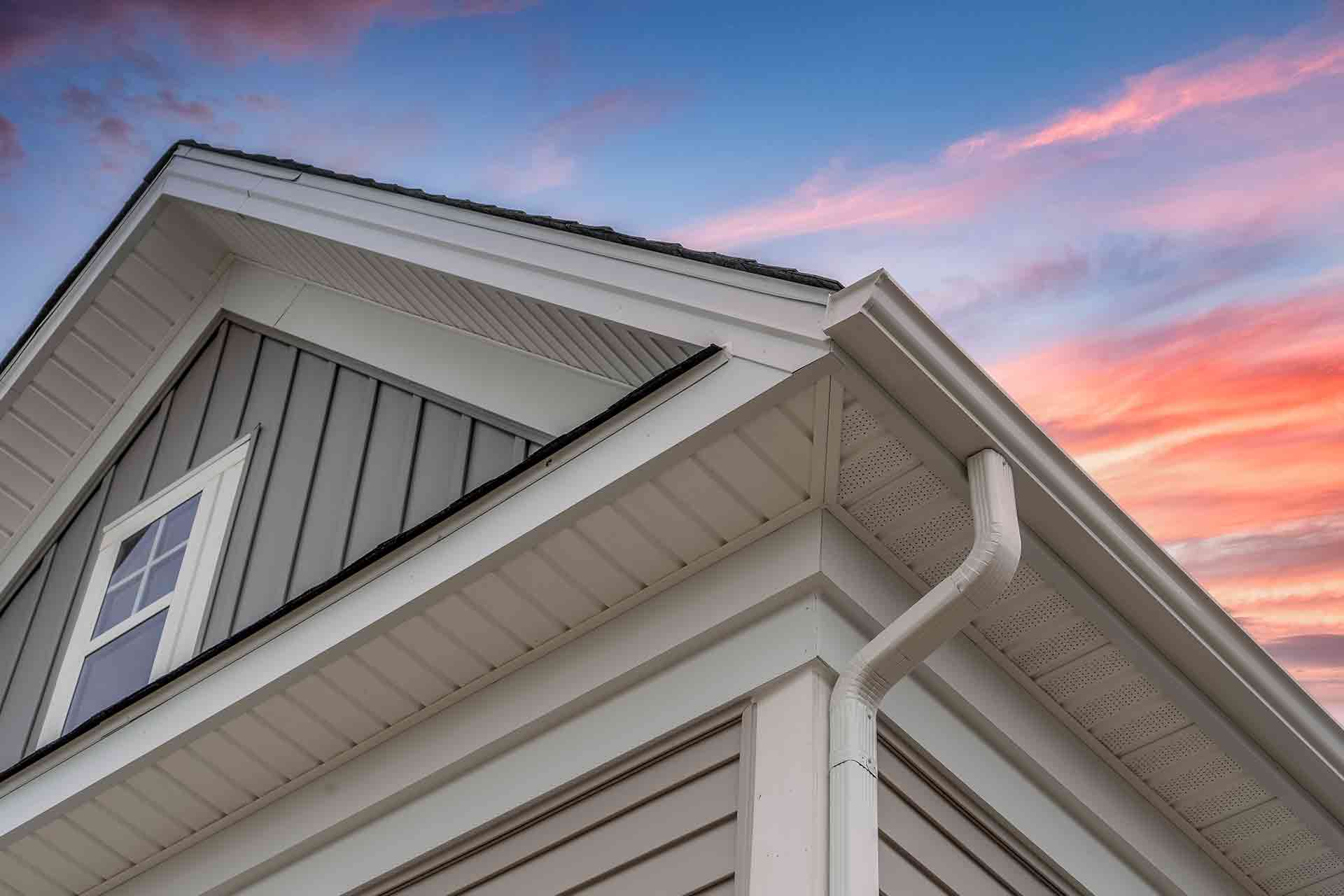
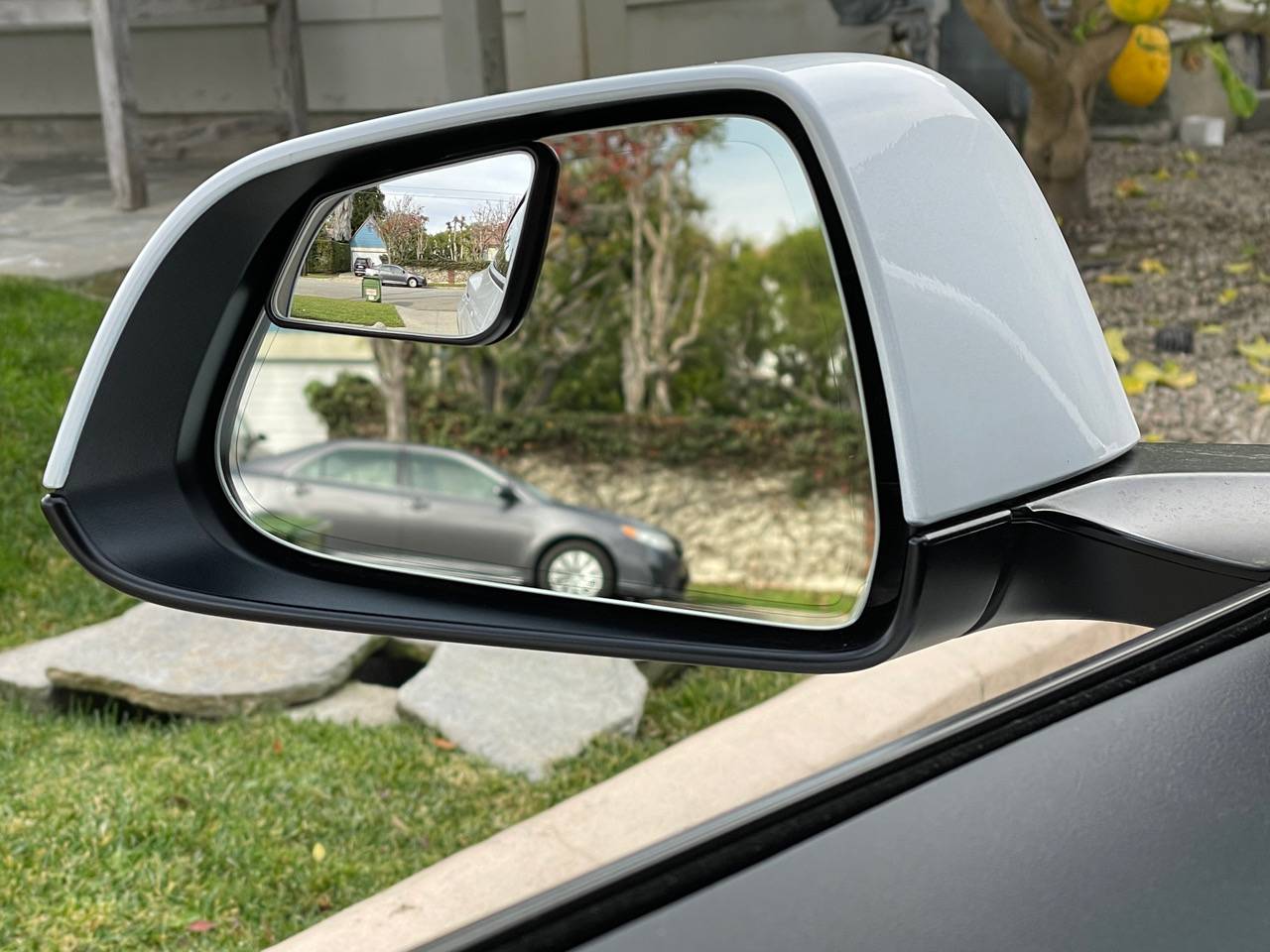
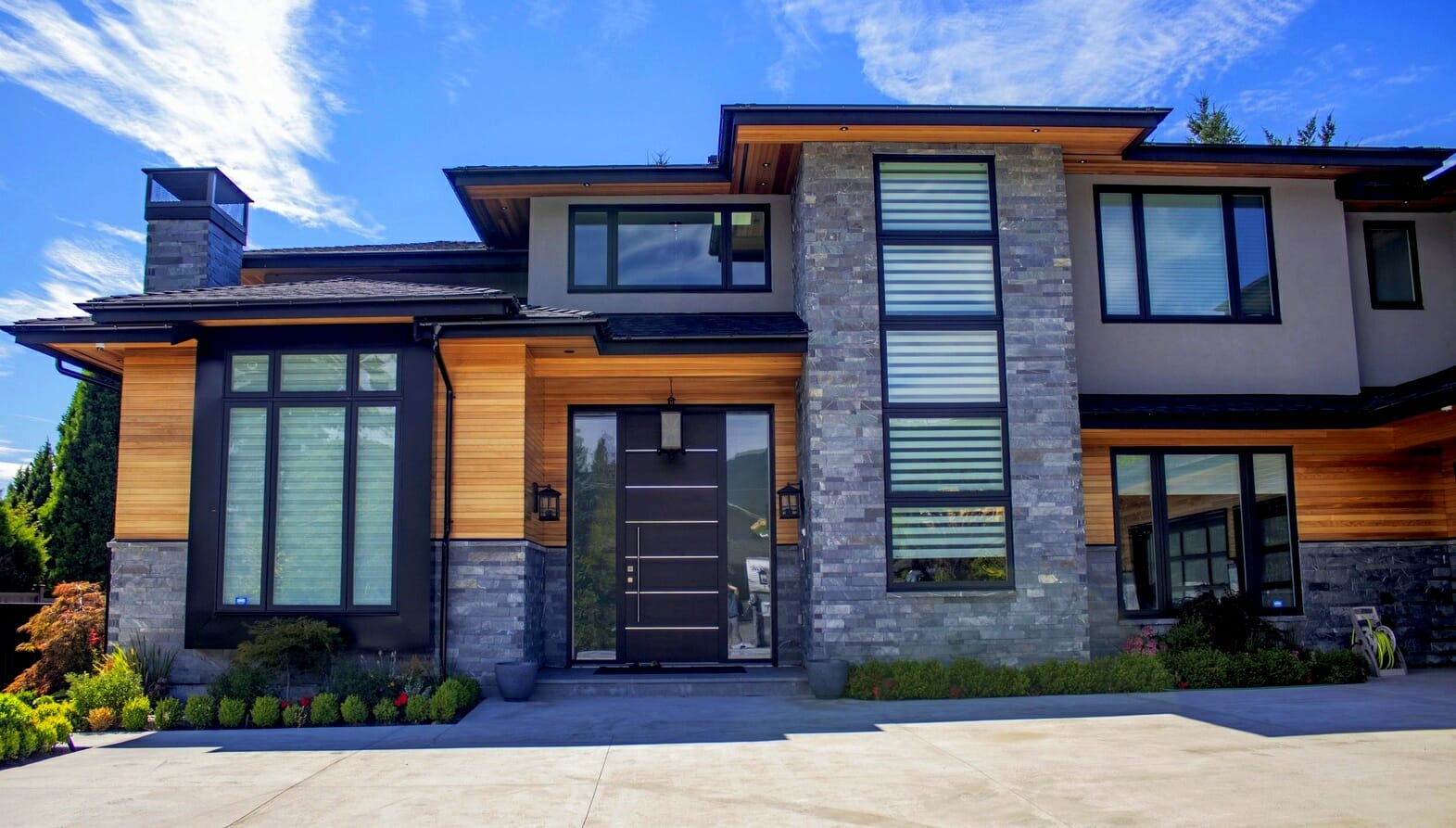
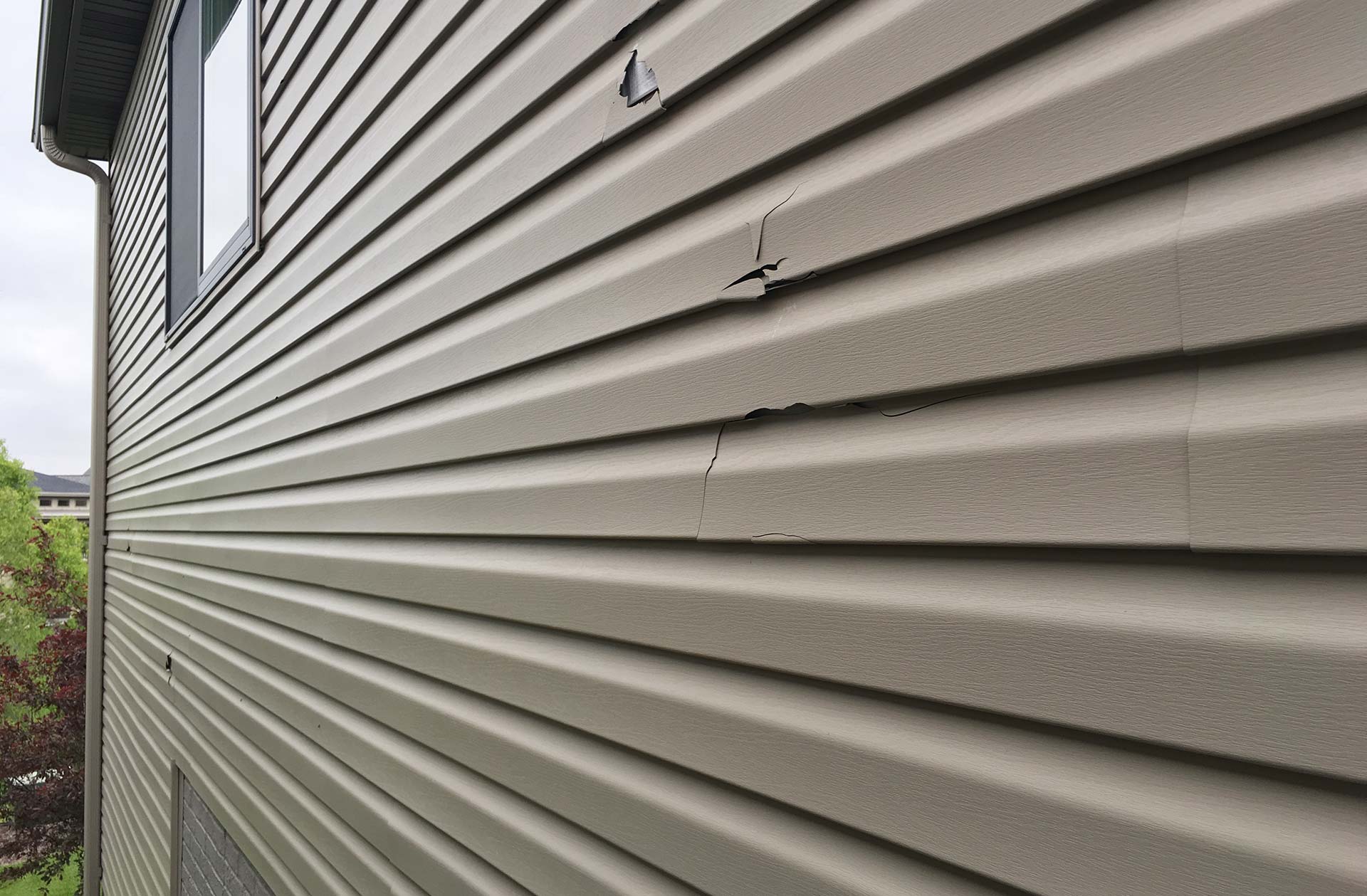
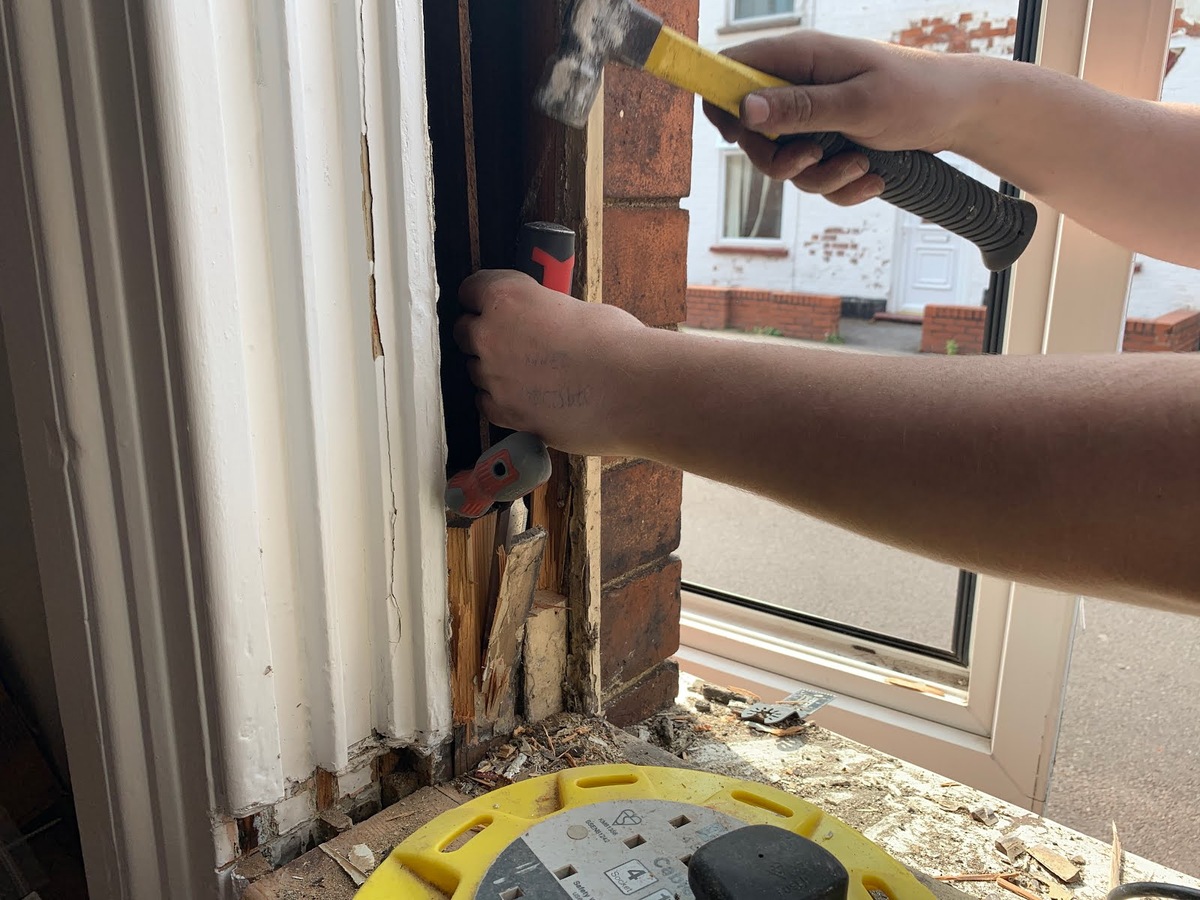
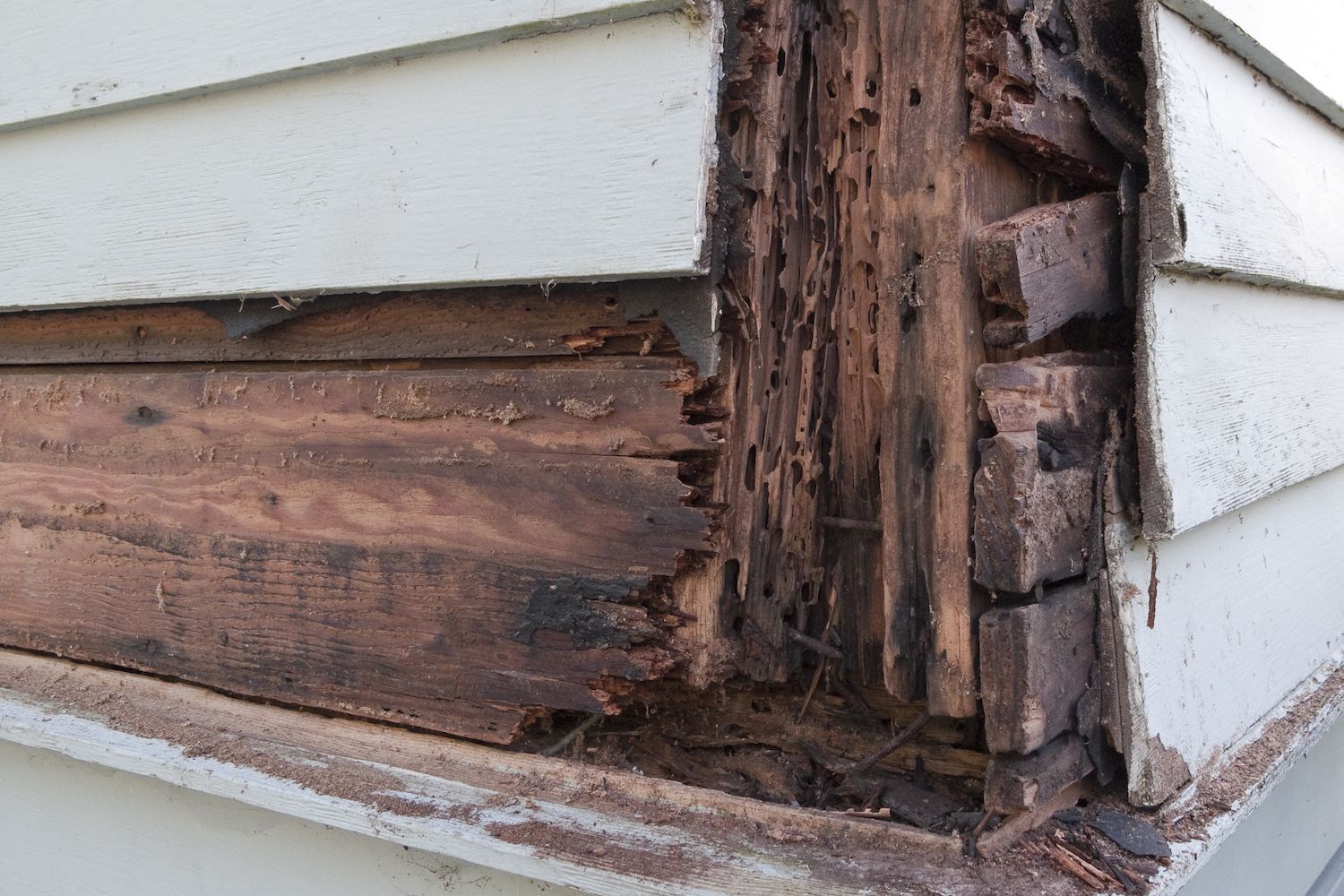
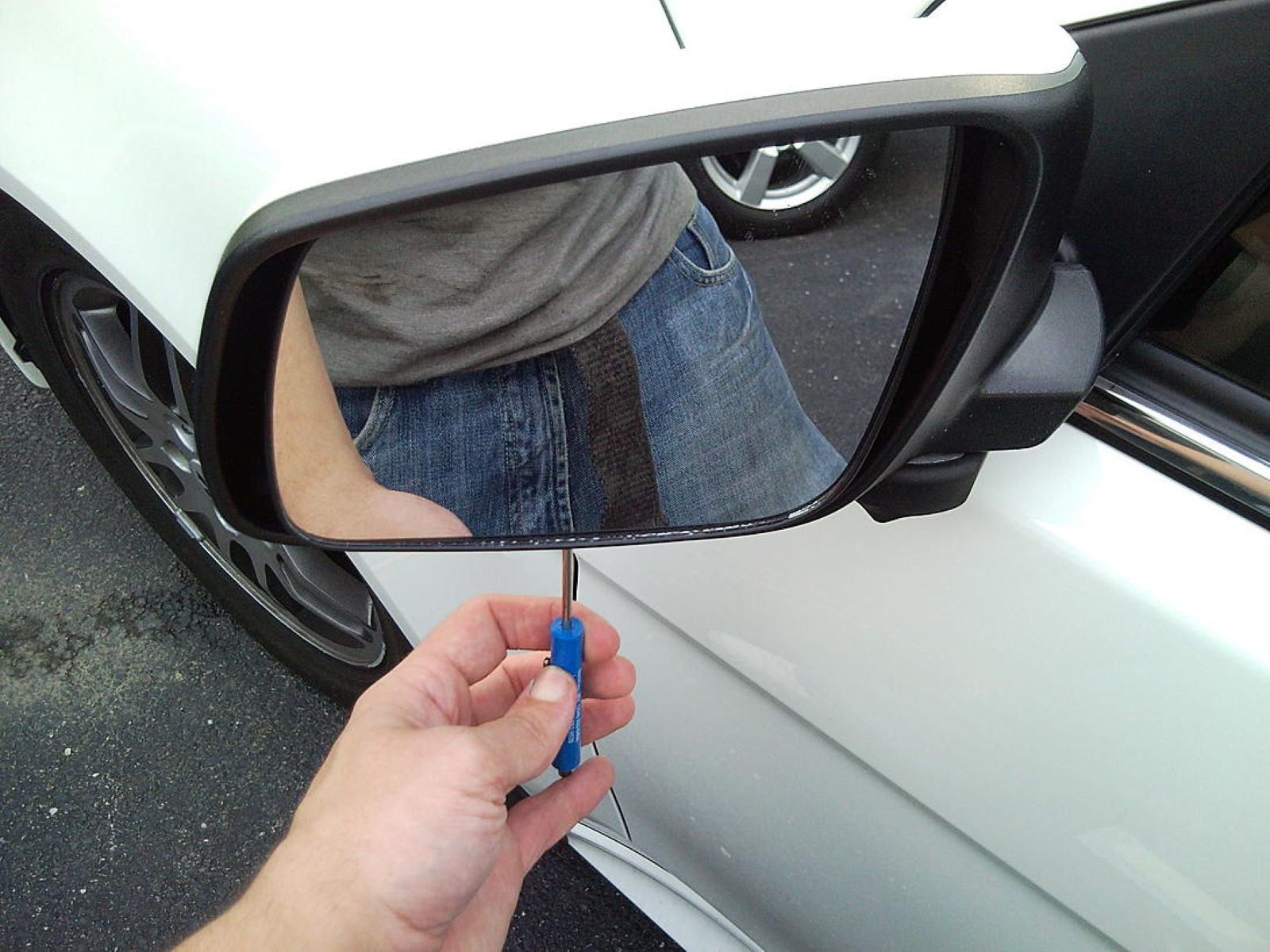

0 thoughts on “How Much Hail Damage To Replace Siding”